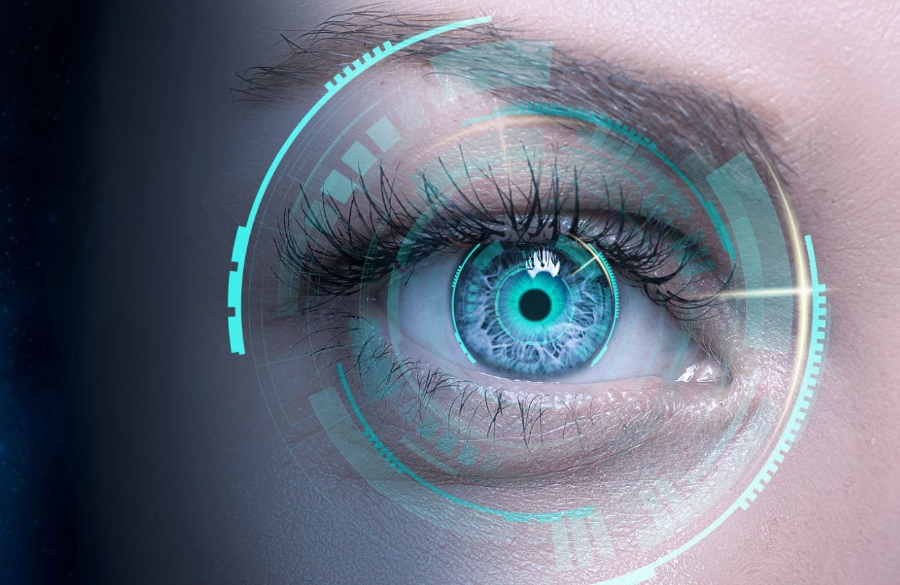Revolutionizing Eye Tech: Innovative Contact Lenses Fueled by Saline Solution-Powered Adaptive Batteries
In the ever-evolving landscape of technology, innovations are constantly pushing the boundaries of what was once deemed impossible. One such groundbreaking development has emerged in the realm of vision correction: contact lenses equipped with adaptive batteries powered by saline solution. This remarkable fusion of biology and technology not only promises enhanced comfort for users but also opens up new possibilities for the future of wearable tech.
The Conventional Contact Lens Landscape
Traditional contact lenses have come a long way since their inception, offering wearers a convenient alternative to glasses. However, they have long been limited by the need for external power sources for advanced functionalities. The introduction of adaptive batteries fueled by saline solution represents a paradigm shift in the contact lens industry.
The Science Behind the Innovation
The innovative contact lenses are designed with micro-scale batteries embedded within the lens material. These batteries are powered by a saline solution, a harmless and natural electrolyte found in tears. The science behind this development is rooted in bioelectronics, where the integration of technology with biological systems leads to synergistic advancements.
The saline solution, abundant in tear fluid, serves a dual purpose: it not only acts as a power source for the micro-batteries but also ensures the lenses maintain optimal moisture levels for extended comfort. This ingenious solution eliminates the need for external power supplies, making the lenses self-sufficient and seamlessly integrated into the user’s daily life.
Enhanced Comfort and Extended Wear
One of the primary benefits of contact lenses with adaptive batteries is the unparalleled comfort they provide. The saline-powered batteries maintain a consistent moisture level, preventing dryness and discomfort commonly associated with traditional lenses. This breakthrough addresses a longstanding concern for contact lens wearers, especially those who experience discomfort during extended wear.
The adaptive batteries also enable the lenses to respond dynamically to environmental conditions. For instance, in dry or windy environments, the lenses can adjust their moisture levels to ensure optimal comfort for the wearer. This adaptability enhances the overall user experience and makes these lenses suitable for a wide range of lifestyles.
Smart Features and Augmented Reality
Beyond the comfort factor, contact lenses with adaptive batteries open the door to a world of smart features and augmented reality (AR) experiences. The integration of micro-scale electronics allows for the incorporation of sensors and tiny displays directly into the lenses.
Imagine having real-time information displayed in your field of vision, such as navigation directions, vital health metrics, or even augmented reality overlays for immersive experiences. These lenses have the potential to redefine how we interact with the digital world, seamlessly integrating technology into our daily lives without the need for external devices.
Health Monitoring and Medical Applications
The smart capabilities of these contact lenses extend beyond convenience, venturing into the realm of health monitoring and medical applications. The lenses could be equipped with sensors to monitor glucose levels, detect signs of certain medical conditions, or even measure intraocular pressure for glaucoma management.
This integration of health monitoring features not only enhances the well-being of the user but also provides valuable data for healthcare professionals. Continuous, non-intrusive monitoring through contact lenses could revolutionize preventive healthcare, allowing for early detection of various medical conditions.
Challenges and Future Prospects
While the concept of contact lenses with adaptive batteries fuelled by saline solution holds immense promise, it is not without its challenges. The development of reliable and long-lasting micro-scale batteries, ensuring biocompatibility, and addressing potential safety concerns are critical aspects that researchers and developers must navigate.
Looking ahead, the future prospects of this innovation are exciting. As technology continues to advance, we can anticipate even more sophisticated features and improvements in battery efficiency. The integration of artificial intelligence and machine learning algorithms could further enhance the adaptive capabilities of these lenses, customizing the user experience based on individual preferences and environmental factors.
Conclusion
Contact lenses with adaptive batteries fuelled by saline solution represent a groundbreaking fusion of biology and technology. This innovation not only addresses longstanding comfort issues for contact lens wearers but also opens up new frontiers in smart features, augmented reality, and health monitoring. As research and development in this field progress, we can expect these lenses to play a pivotal role in the future of wearable technology, seamlessly integrating into our lives and enhancing our overall well-being. The era of truly smart and adaptive vision correction is upon us, promising a future where our contact lenses do much more than just improve our vision—they become an integral part of our connected, digital lives.
Source

